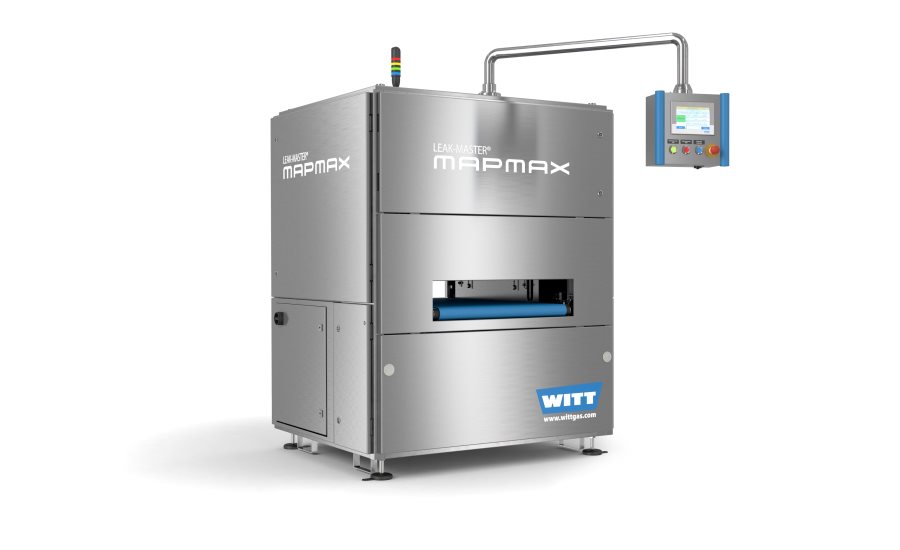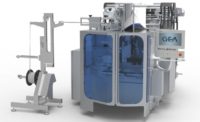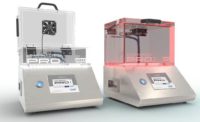Inline leak detection for packaging in the smallest of spaces

MAP specialist WITT-Gasetechnik has now released a new variant of the tried and tested Leak-Master Mapmax for the inline leak detection of packaging, and it’s a particularly compact version. Minimal space requirements and a high test speed make this “short” version of the Mapmax an extremely attractive choice. With up to 14 test cycles per minute, the Mapmax Compact enables the automatic testing of the entire production volume on a single packaging line.
Only 1.167 m (46") long, the new Mapmax Compact is nearly 70 cm (28") shorter than its big brother. This is a major advantage, as space can be at a premium in many food production plants. These reduced installation dimensions make the operation of an inline leak detection system possible for the very first time for a large number of users. “We are aware of the space issue from our client projects. There is frequently a lack of space in existing production lines in particular. The new design, which is now shorter, offers significantly more room to play with – with no loss of performance and an extremely attractive price to performance ratio,” WITT product manager Michael Kallweit emphasizes.
The Leak-Master Mapmax enables the non-destructive detection of even the smallest leaks using CO2 as a trace gas, and it integrates seamlessly into any packaging line. A vacuum in the Mapmax test chamber creates pressure differences between the packaging and the chamber. Even tiny leaks in the packaging allow gas to escape, and this is detected by high-tech sensors. When a leak is detected, connected systems, such as an alarm, dischargers or a device stop, can be actuated via potential-free contacts.
Thanks to its speed, the Mapmax is able to check everything on a line for leaks in a contact-free and non-destructive manner. In addition to individual packaging, even shipping cases and entire boxes and cartons can be tested.
WITT deliberately relies on carbon dioxide detection, as this gas is usually already present in most protective gas packaging. Consequently, costly helium or hydrogen is not required. The device is operated intuitively via a touchscreen, and it is also possible to integrate the device within a wider control system via Ethernet.
“Only 100 percent testing can guarantee 100 percent safety,” Michael Kallweit explains. “With the new Mapmax Compact, we can now make this level of safety possible for even more food producers.” WITT has further information on leak detection for packages at www.leak-master.net.
Looking for a reprint of this article?
From high-res PDFs to custom plaques, order your copy today!





